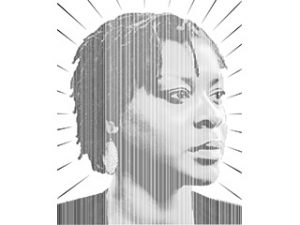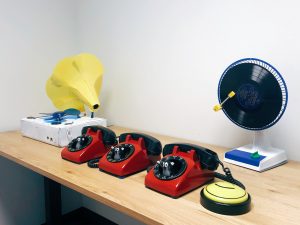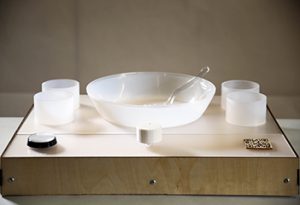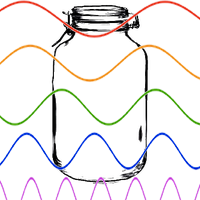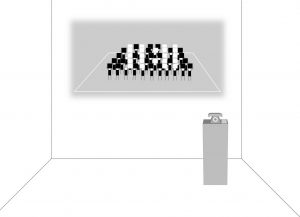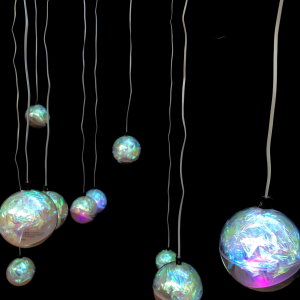Elizabeth Chiappini, Sydney Meyers
ColorField is an interactive, collaborative light experience.
Description
ColorField is a collaborative, interactive light experience where two people are asked to use color and light to evoke a word. One person acts as The Controller, and the other as The Viewer. Before taking their seats, both people will approach a panel of words and select a word to represent visually. The Controller and The Viewer sit on opposite sides of a table with a 24” by 24” light wall between them so that they cannot see each other. The Controller has an unlabeled control panel and cannot see the light field. The Viewer sees the light field but cannot see the control panel. Through communication, the team designs a composition that represents the feeling of their chosen word. Through necessary collaboration, this project is meant to give a team the agency to work creatively to reflect on the emotional and aesthetic quality of a word.
Classes
Introduction to Physical Computing, Introduction to Physical Computing


